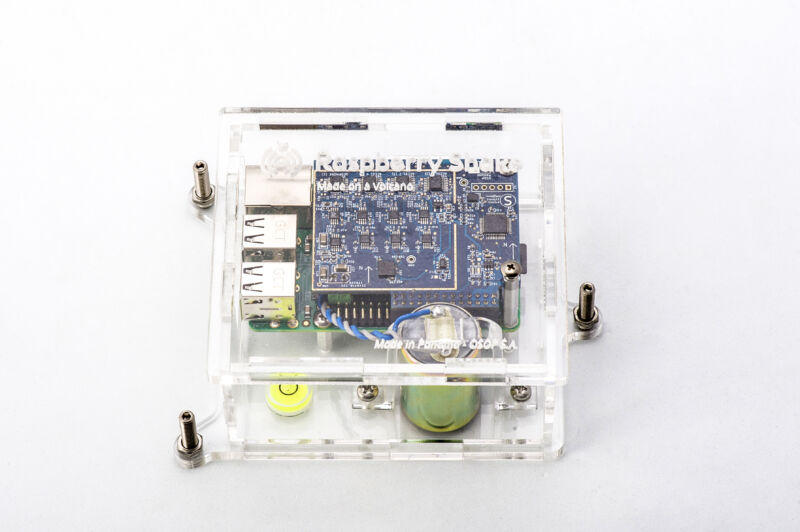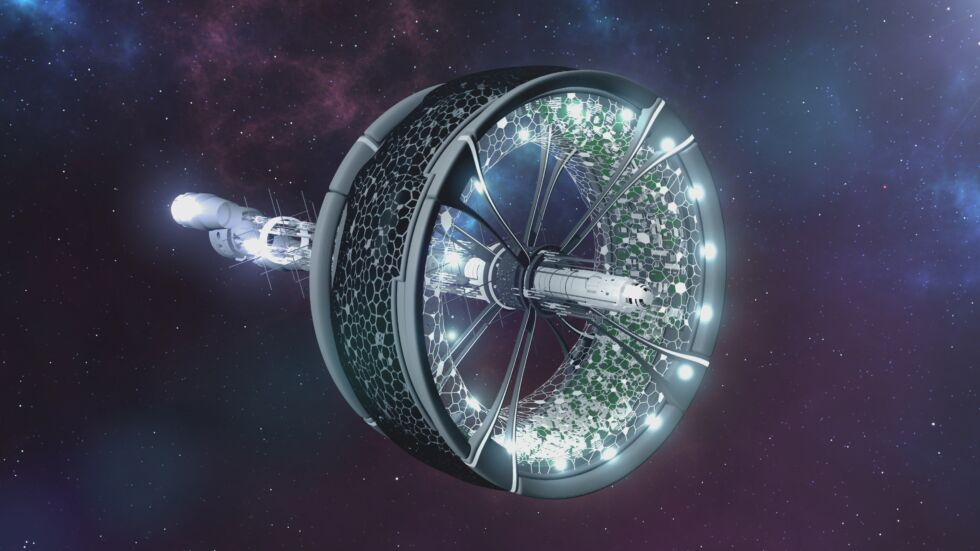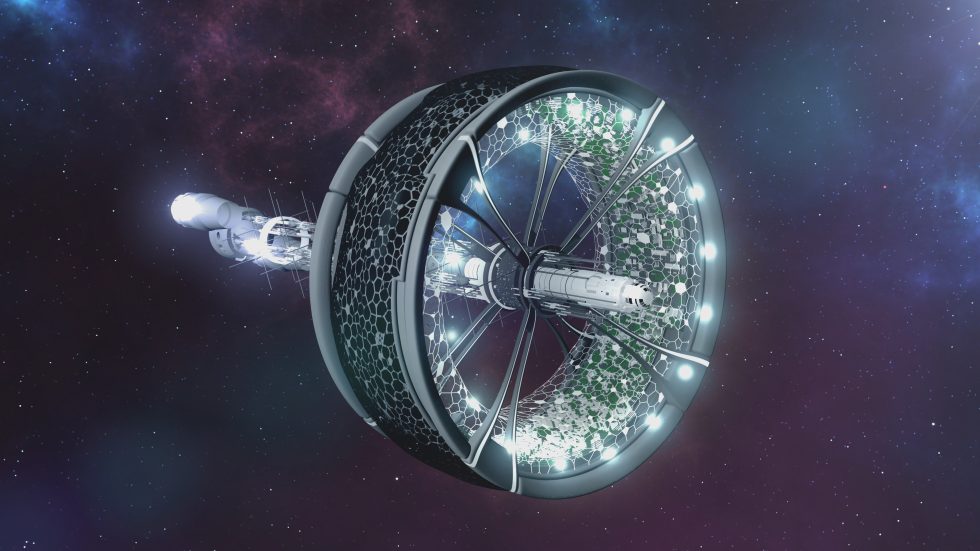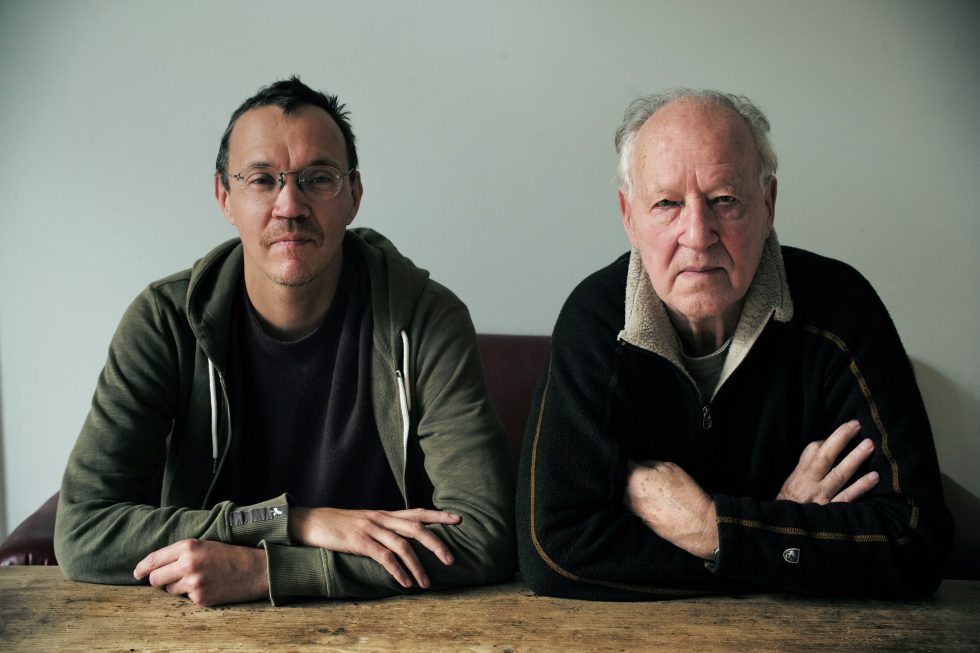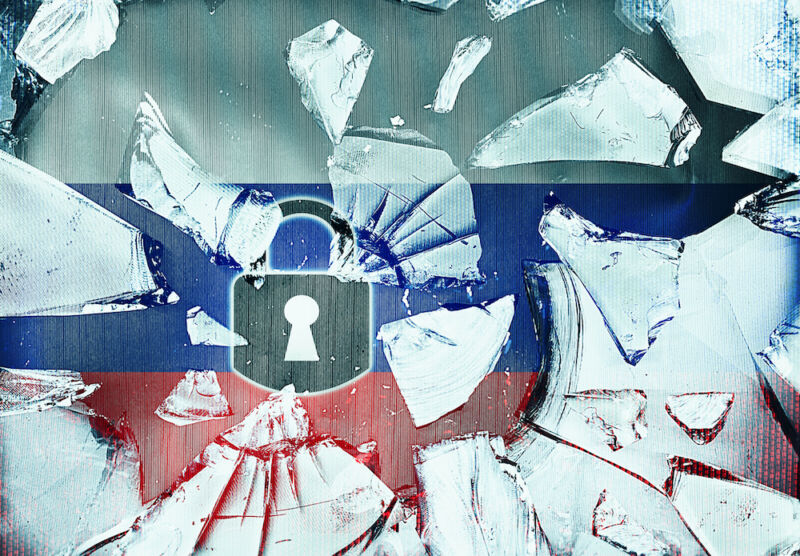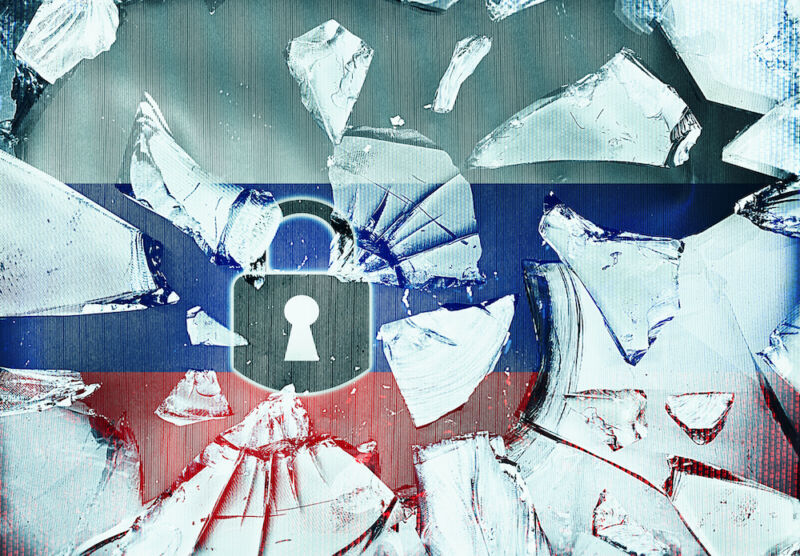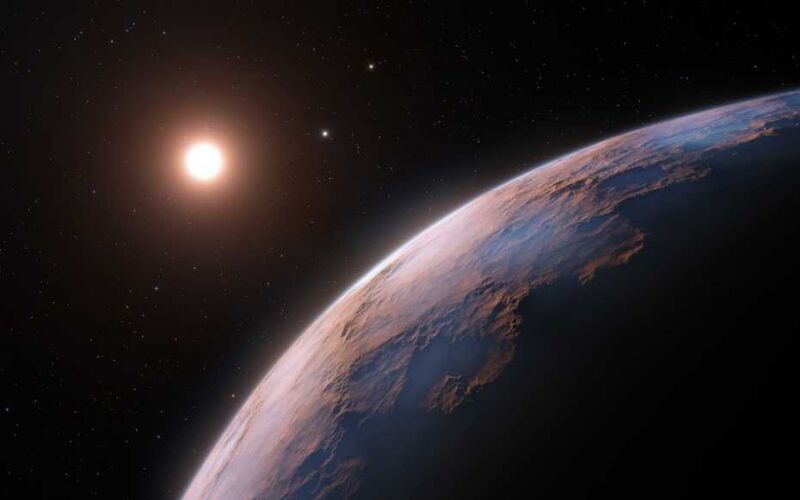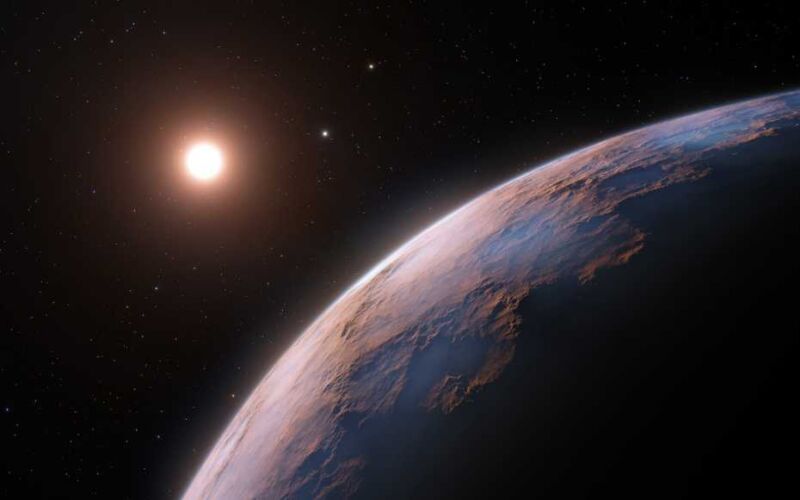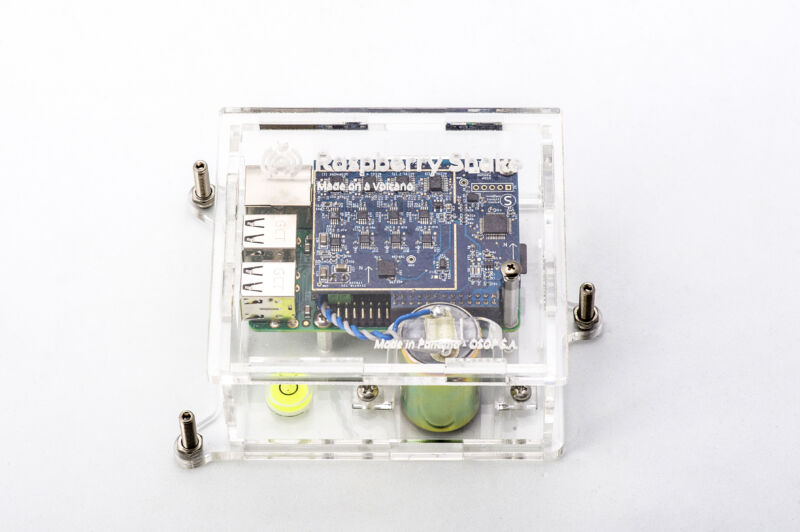
Enlarge / The Raspberry Shake, a simple seismograph based on Raspberry Pi hardware. (credit: Mike Hotchkiss, Raspberry Shake)
On the afternoon of January 12, 2010, a magnitude-7.0 earthquake struck about 16 miles west of Haiti’s capital of Port-au-Prince. Among the most significant seismic disasters recorded, more than 100,000 people lost their lives. The damage—costing billions of dollars—rendered more than a million people homeless and destroyed much of the region’s infrastructure. The earth tore at the relatively shallow depth of about 8 miles, toppling poorly constructed buildings.
At the time, Haiti had no national seismic network. After the devastating event, scientists installed expensive seismic stations around the country, but that instrumentation requires funding, care, and expertise; today, those stations are no longer functional. In 2019, seismologists opted to try something different and far less expensive—citizen seismology via Raspberry Shakes.
On the morning of August 14, 2021, amidst a summer of COVID-19 lockdowns and political unrest, another earthquake struck, providing the opportunity to test just how useful these Raspberry-pi powered devices could be. In a paper published on Thursday in Science, researchers described using the Raspberry Shake data to demonstrate that this citizen science network successfully monitored both the mainshock and subsequent aftershocks and provided data integral to untangling what turned out to be a less-than-simple rending of the earth.


